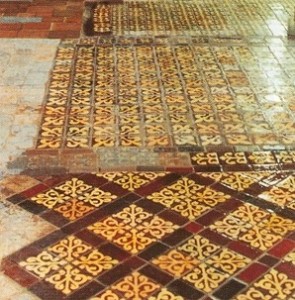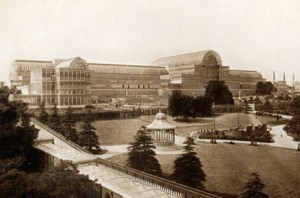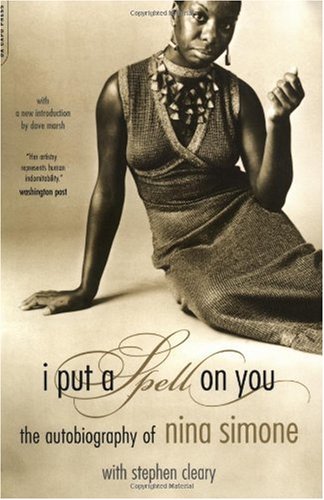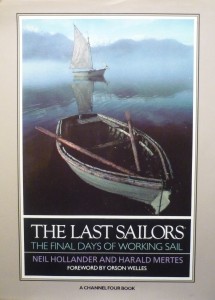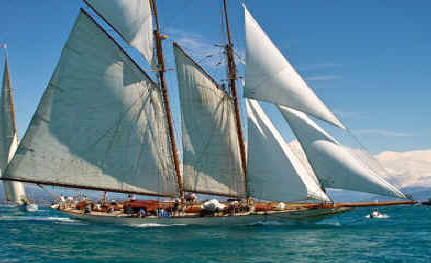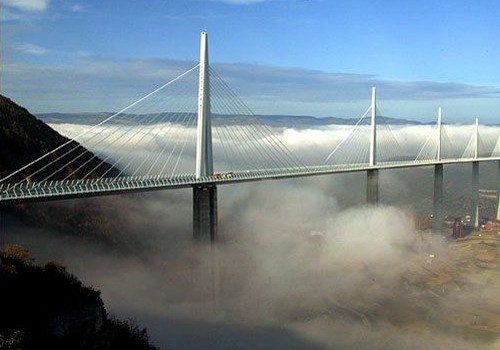 The Millau Bridge is in southern France and crosses the River Tarn in the Massif Central mountains. It was designed by the British architect Norman Foster and French structural engineer Michel Virlogeux. At 300m (984 feet), it is the highest road bridge in the world, weighing 36,000 tonnes. The central pillar is higher than the famous French icon, the Eiffel Tower. The Bridge opened in December 2004 and is possibly one of the most breath-taking bridges ever built.
The Millau Bridge is in southern France and crosses the River Tarn in the Massif Central mountains. It was designed by the British architect Norman Foster and French structural engineer Michel Virlogeux. At 300m (984 feet), it is the highest road bridge in the world, weighing 36,000 tonnes. The central pillar is higher than the famous French icon, the Eiffel Tower. The Bridge opened in December 2004 and is possibly one of the most breath-taking bridges ever built.
The bridge towers above the Tarn Valley and the aim of Lord Foster was to design a bridge with the ‘delicacy of a butterfly’. Lord Foster designed a bridge that enhances the natural beauty of the valley, with the environment dominating the scene rather than the bridge. The bridge appears to float on the clouds despite the fact that it has seven pillars and a roadway of 1½ miles in length. On first sight, the impression is of boats sailing on a sea of mist. The roadway threads through the seven pillars like thread through the eye of a needle..
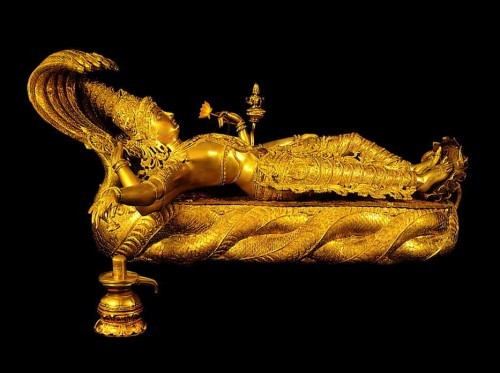



 Dr. Mercola is the founder of the world’s most visited natural health web site,
Dr. Mercola is the founder of the world’s most visited natural health web site,
